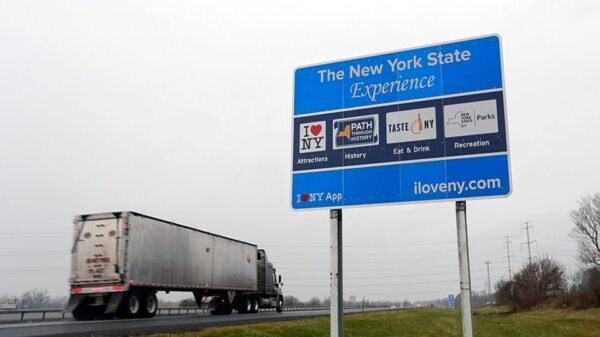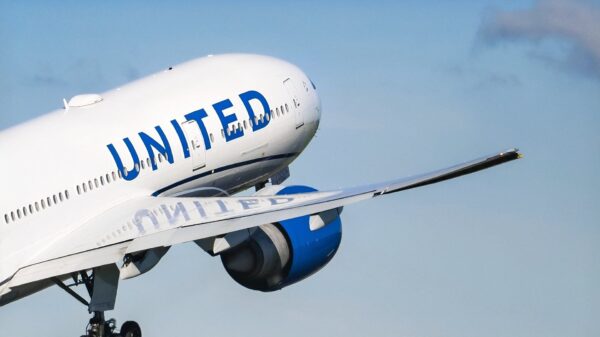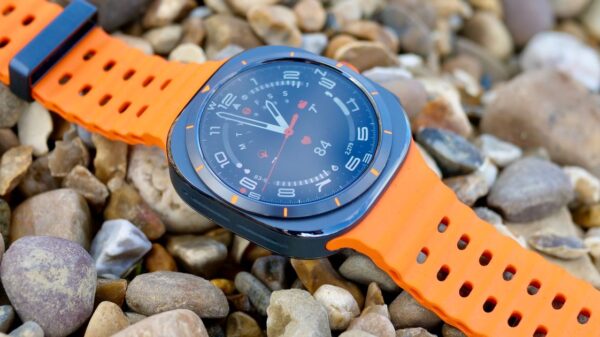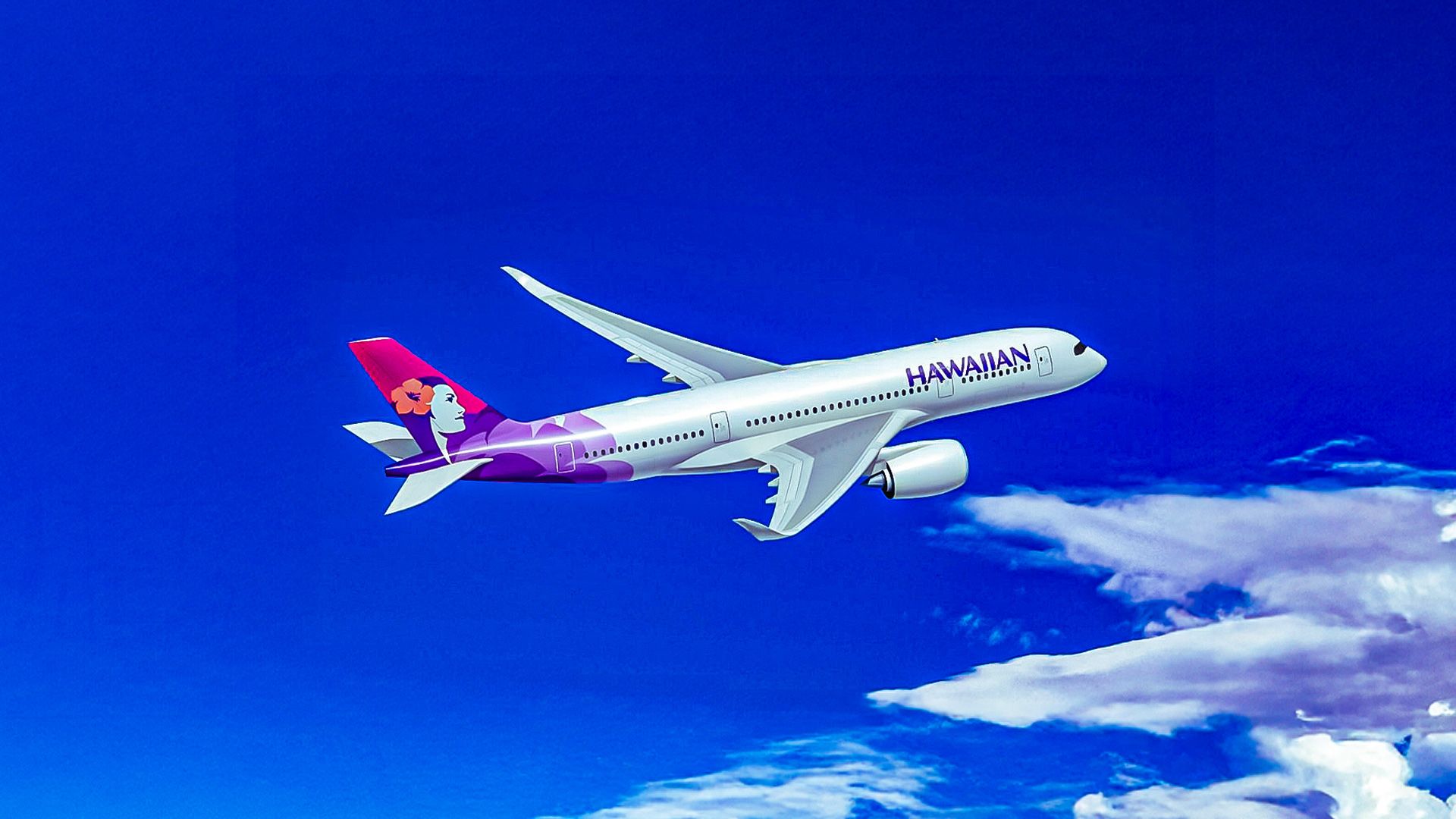In a significant shift in its long-haul fleet strategy, Hawaiian Airlines has canceled its order for the Airbus A350-800, opting instead for Boeing 787 aircraft. This transition marks a pivotal moment for the airline, which originally placed a firm order for six A350-800s in 2008, intending to modernize its fleet and enhance operational capabilities. The eventual withdrawal from this order highlights the challenges faced by Airbus regarding the A350-800, which ultimately never entered commercial service.
Initial Aspirations and Changing Dynamics
Hawaiian Airlines’ 2008 order included not only the A350-800 but also six Airbus A330-200s. This two-pronged approach was designed to support a multistep capacity growth plan, allowing the airline to expand its transpacific routes effectively. The A350-800 was marketed as a next-generation aircraft that would provide superior range and efficiency. It was seen as a strategic choice, locking in availability during a seller’s market and maintaining the airline’s preference for Airbus cockpit standards.
However, as the A350 program progressed, the A350-800 struggled to gain traction in the market. It became evident that airlines preferred the larger A350-900, which offered better operating economics and higher capacity. By 2014, Airbus decided to discontinue the A350-800 program, leaving Hawaiian Airlines to reconsider its fleet strategy. The cancellation prompted the airline to pivot towards the A330-800neo, which was positioned as a suitable alternative with modern engines and an improved cabin experience.
The Move to Boeing: A Strategic Shift
Hawaiian Airlines’ transition to the Airbus A330-800neo in December 2014 was a strategic response to the changing market landscape. The airline believed that this aircraft would align well with its operational needs while offering a modern alternative to the aging A330-200. However, as the A330-800neo also struggled to attract a broad customer base, concerns about its residual value emerged.
By 2018, Hawaiian Airlines announced its intention to replace the A330-800neo with the Boeing 787, completing a full transition from the A350-800 to the Boeing platform. This decision not only streamlined the airline’s fleet but also provided access to a well-supported aircraft with a strong secondary market. The Boeing 787 family has gained popularity among airlines globally, making pilot training and operational management more efficient.
The shift towards the Boeing 787 aligns with Hawaiian Airlines’ broader strategy to enhance operational flexibility and reduce program risk. By consolidating its fleet around a proven model, the airline can more effectively manage costs and optimize capacity on its long-haul routes.
Lessons for Airbus and Future Implications
The story of Hawaiian Airlines’ journey through the A350-800, A330-800neo, and ultimately to the Boeing 787 underscores the challenges Airbus faces in maintaining a competitive edge in the long-haul market. With the A350-800’s discontinuation, Airbus has concentrated its efforts on promoting the A350-900 as the primary offering within its widebody family.
The experience also highlights the importance of market demand in aircraft development. While the A350-800 was technically capable, its failure to attract sufficient orders led to its cancellation. In contrast, the A330neo family has gained traction, with Hawaiian’s switch in 2014 showcasing the potential for the A330-900 to fill the gap left by the smaller A350 variant.
As Hawaiian Airlines continues to refine its long-haul strategy within the Alaska Air Group, the Boeing 787 will play a crucial role in expanding its network. With plans to increase service from Seattle to various global destinations, the airline’s focus on optimizing capacity and enhancing customer experience remains clear.
In summary, Hawaiian Airlines’ saga with the A350-800 illustrates the complexities of fleet management in the aviation industry. The airline’s strategic decisions reflect the need to adapt to evolving market conditions while ensuring operational efficiency and financial viability.





































































